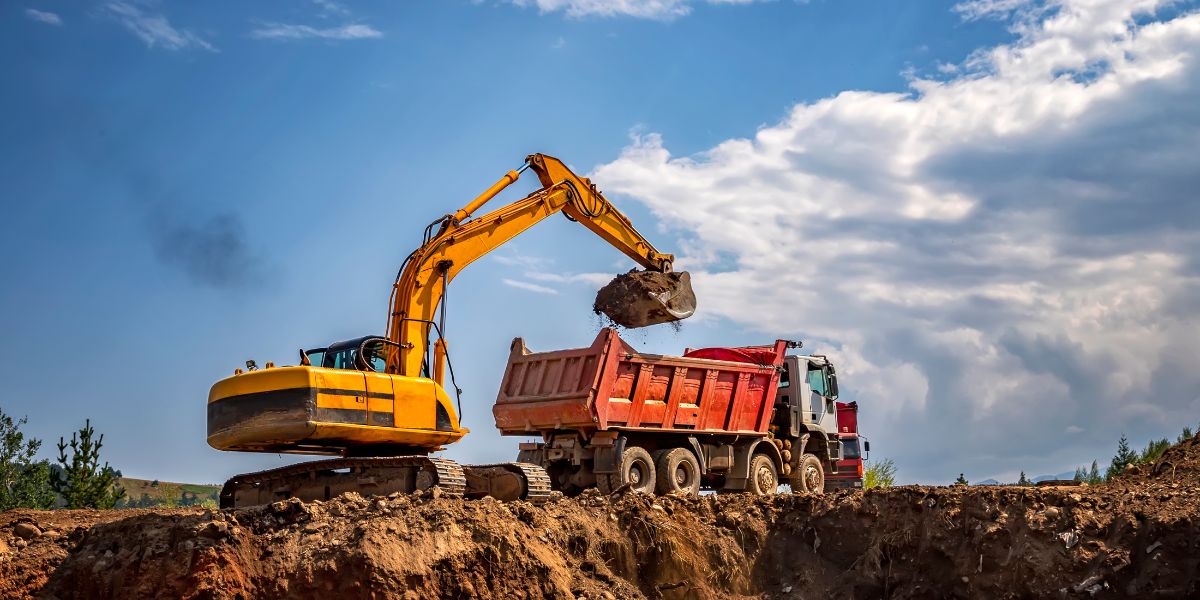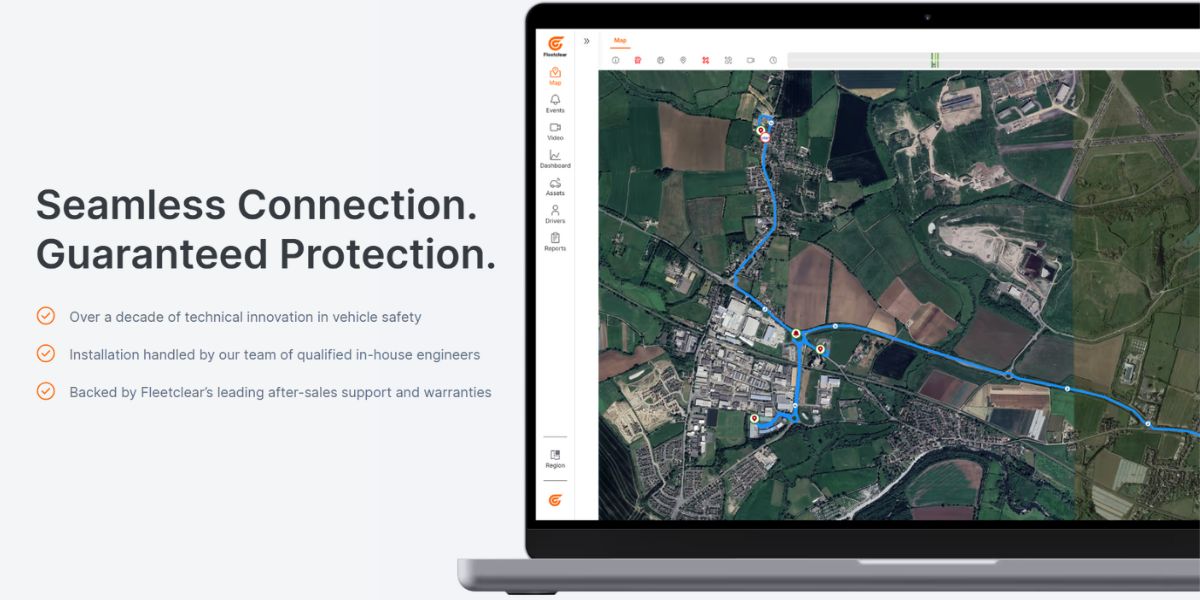How GPS and telematics are redefining construction logistics

Managing multiple deliveries, vehicles, and subcontractors across various construction sites means juggling a lot at once, especially when each location has its own access rules, delivery windows, and restrictions. Without clear fleet visibility, delays at one site can quickly disrupt the rest of the schedule, particularly when access, loading times, and on-site conditions change without warning.
Telematics and GPS tracking are transforming how construction logistics are managed. By providing real-time data on vehicle location, engine status, and delivery activity, Fleet Managers can gain the visibility they need to improve coordination, reduce downtime, and increase route efficiency. It’s no longer about chasing updates; it’s about seeing what’s happening, as it happens.
Tools such as geo-fencing, multi-drop detection, and live tracking are making day-to-day construction logistics smarter and more responsive.
Why Traditional Construction Logistics Fall Short
Many construction fleets still rely on paper-based logs or phone calls to manage their operations. These systems lack the real-time data required to make fast decisions under pressure or respond to changing on-site conditions. When something goes wrong, it’s hard to pinpoint where, when, or why.
This can lead to missed or mistimed deliveries, delayed work, congestion at gates and loading areas, and confusion over what was delivered, to which site, and when. Without accurate fleet visibility, delays can accumulate, reducing productivity and profitability.
GPS tracking and telematics provide the live data that construction operations need. Managers can see where each vehicle is, whether it’s on route or waiting for access, and what it’s carrying. Tools like geo-fencing confirm when a vehicle enters or exits a site, ensuring deliveries happen on time and in the right place.

How GPS and Telematics Improve Construction Logistics
With so many moving parts both on and off construction sites, reliable real-time data is key to improving how construction logistics are managed. Here’s how GPS and telematics tools such as Fleetclear Connect, can transform operations:
Geo-Fencing for Safer Sites
Geo-fencing allows fleet managers to create virtual zones around sites, depots, or restricted areas and monitor vehicle behaviour within those boundaries. Alerts can be triggered if a vehicle exceeds a 5-mph speed limit within a worksite, helping enforce safety standards without constant manual supervision. Oversighting ensures compliance and reduces risk in high-hazard environments.
This type of monitoring also supports wider compliance goals. In Wales, when new 20 mph limits were introduced, Fleetclear’s telematics and geo-fencing tools helped fleet operators adapt quickly by monitoring driver behaviour in real time, keeping fleets compliant, without additional manual work.
For more on maintaining safety through geo-fencing, the National Safety Council’s whitepaper is a useful reference.
Live Vehicle Tracking and Smarter Routing
Real-time GPS tracking provides total fleet visibility. Better information means better routing: ETAs become more accurate, routes can be adjusted instantly to avoid congestion, and idle time can be reduced.
Improved route efficiency helps operators manage site traffic, ensure smoother delivery coordination, and maintain control across multiple construction projects.
Construction Logistics and Digital Transformation
Industry trends point to a digital shift in construction logistics. The Construction Leadership Council continues to advocate for smarter, data-driveninfrastructure. Adopting telematics and real-time data solutions aligns construction firms with these best practices, driving performance and sustainability across their operations.
Using Data to Plan Ahead
Construction logistics often need to operate reactively. Missed deliveries, site access delays, or last-minute changes can throw an entire day off course, and without real-time data, the only option is to respond after issues have already caused disruption.
Accessing live information makes it easier to reassign vehicles, adjust delivery schedules, and respond to on-site problems before they escalate. It also reveals recurring inefficiencies, such as repeated idle times or delays at specific sites that might otherwise go unnoticed. Telematics gives Fleet Managers the tools to move from reactive to proactive decision-making.
Over time, this insight builds a complete picture of how construction sites operate, where bottlenecks occur, and how route efficiency can be improved. The result is smarter planning, fewer wasted trips, and better use of time and fuel. As data is gathered, it also contributes to long-term goals such as reducing emissions, extending vehicle lifespan, and improving sustainability and safety across the construction fleet.
Build a More Efficient Construction Fleet with Telematics
Gain clearer visibility across your construction fleet with telematics, helping you reduce delays, optimise routes, and keep your projects on schedule.
Contact us today or call +44 (0)1386 630 155 to find out how Fleetclear can help transform your construction logistics with smarter tracking and telematics technology.
Drive your business forward with Fleetclear.
Contact our team to book a demo and start your journey towards a safer, more efficient and compliant fleet.

